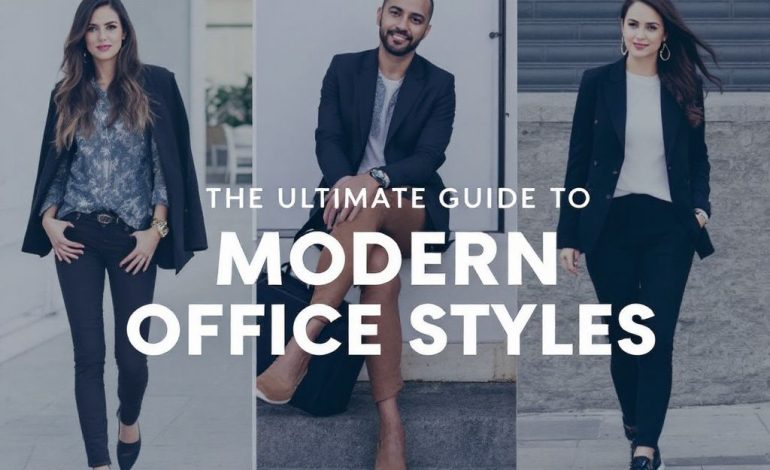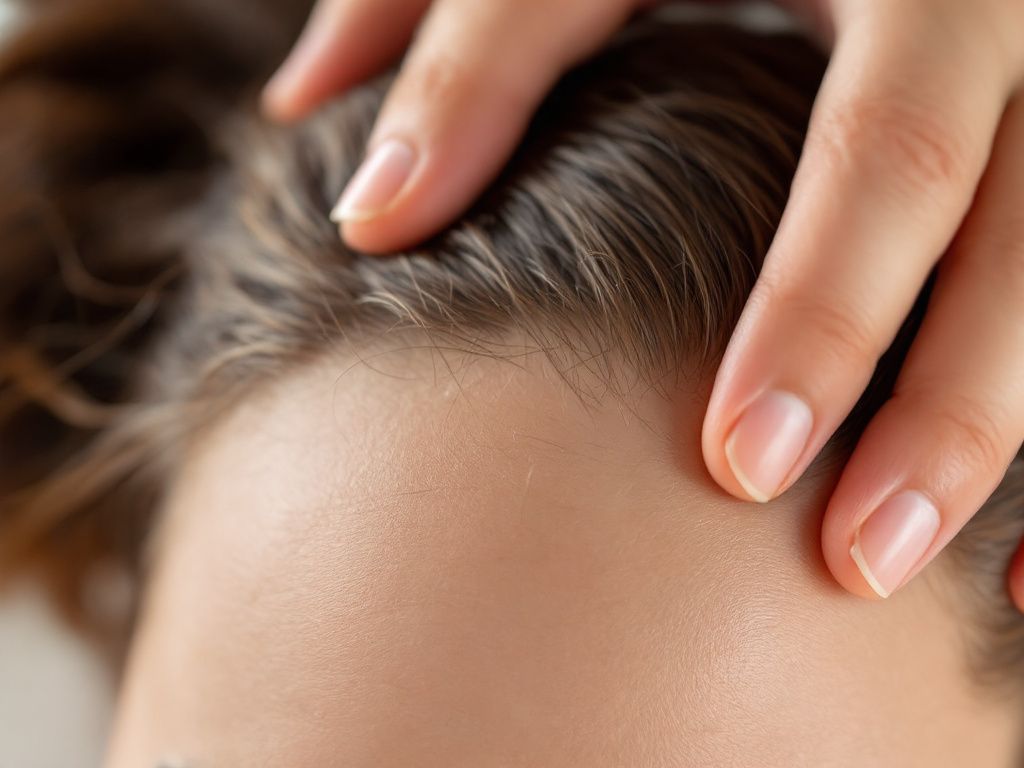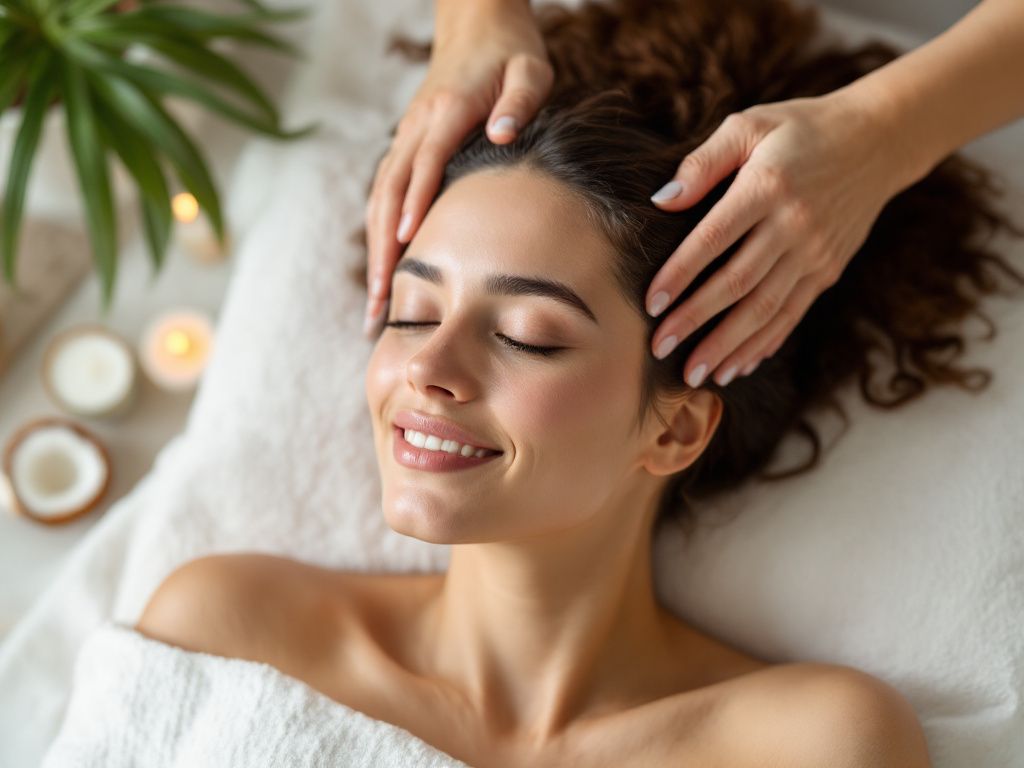The Ultimate Hair Protection Guide: Complete Hair Care Solutions

Hey there! Let’s get straight into it. Ever found yourself tugging at your hair, only to feel it snapping between your fingers, or catching yourself in the mirror to spot a frizzy halo wreathing your head? For those who wear a hijab daily, these hair woes might ring a little too close to home. Worried about your hair care routine under the hijab? You’re in the right place.
The Daily Hijab Dilemma
Wearing a hijab is an honor and a part of your identity. However, it presents unique challenges for hair protection and maintenance. Whether you’re dealing with flat roots, itchy scalp, or those pesky breakages, it’s crucial to remember: the things that happen to your hair under there aren’t inevitable. You can turn things around with a little TLC.
Wearing a hijab means your hair is tucked away most of the time. Out of sight, out of mind? Definitely not! It just means your hair care routine needs to be as adaptable and dynamic as you are. So here we are, diving headfirst into some real, practical strategies for keeping every strand on your head healthy, strong, and beautiful.
Getting Started: Clean Slate for Healthy Hair
First things first, the foundation of any complete hair care routine starts with washing your hair. But it’s not just about lathering up and rinsing away. Here’s what matters:
1. Shampooing Right
Not all shampoos are created equal, so start by choosing one that caters specifically to your hair type and needs. Got an oily scalp? Go for a clarifying shampoo. Worried about dry ends? Then a moisturizing shampoo is your friend here.
**How Often Should You Wash Your Hair?** You’re probably wondering how frequently you should be washing your hair, especially with it wrapped up most of the day. It’s about striking a balance—enough to prevent oil build-up but not so much that it strips your hair of its necessary oils. Generally, 2-3 times a week works, but adjust according to your hair and scalp’s behavior. Sometimes they might get greasy earlier due to weather conditions or increased activity—spot those trends!
2. Conditioning for Happiness

Conditioners play the role of a mediator—balancing what your shampoo might take away. For ultimate softness and strength, follow up each shampoo with a conditioner. Spread it from mid-length to the ends, where it’s needed most; your roots usually don’t need this extra boost unless you have particularly curly or dry hair.
3. Deep Treatments When Necessary
Apart from regular conditioning, slip a deep conditioning mask or an oil treatment into your routine. Once every couple of weeks, treat yourself to a hair mask session. Oils like coconut, argan, and olive work wonders when gently massaged and allowed to soak in. They hydrate, repair, and add sheen to your tresses, making them resilient against the snugness of a hijab.
Protect Your Hair from Within
Have you ever wondered what your diet could do for your hair’s wellbeing? Well, you’re in for an interesting twist.
4. Nourishment from the Inside
What you eat feeds every part of your growth, including your hair. Opt for a well-rounded diet full of proteins, omega fatty acids, vitamins, and minerals. Foods like blueberries, spinach, salmon, eggs, nuts, and seeds are hair powerhouses. Trust me on this: drinking plenty of water can make a notable difference in your scalp health, and by extension, your hair’s appearance.
5. Vitamins & Supplements
Let’s face it, life doesn’t always leave room for perfectly balanced meals. When that happens, hair-friendly vitamins and supplements can help fill the gaps. Of course, consult with your healthcare provider before starting anything new.
Styling Hacks for the Hijab-Wearer
Next up, let’s talk styling. Protecting and caring for your hair under the hijab doesn’t mean skipping styles; it just means being mindful.
6. Choose the Right Hijab Fabric

Your hijab fabric makes direct contact with your hair and can significantly affect it. Fabrics like silk and cotton are kinder to your hair—they are breathable and create less friction. Whenever possible, use a silk scarf or underscarf as a barrier; it’s brilliant for minimizing breakage.
7. Smart Tie Techniques
Bun or braid? That’s the big question. Tight hairstyles can cause tension and lead to traction alopecia. To avoid this pitfall, consider looser braids or buns, which distribute tension evenly across your scalp. You might think it’s less secure, but you’ll be pleasantly surprised at how well a looser style stays put with artful pinning.
8. No to Wet Hijabi Hair
Sounds simple, right? Yet it’s too easy to overlook in a rush. Tying your hijab over damp hair is practically an invitation to breakage. It’s worth setting aside a few extra minutes to let your hair dry or using a hair dryer set on a low heat if you’re really pressed for time.
Post-Hijab Wind Down
So, you’ve been out and about; now what? How you treat your hair after a long day is just as critical.
9. Brush Without Friction
Brushing your hair after being wrapped can be a tug-of-war if not done right. Use a wide-tooth comb or a brush specifically designed to minimize tugging. Start from the ends, working gently upwards to avoid unnecessary pulling.
10. Sleep Preparations
The night-time routine can be as simple or intricate as you’ll allow it, but some steps shouldn’t be skipped. Consider braiding your hair loosely before bed to avoid tangles. And if you haven’t already, look into a silk pillowcase. These little things keep those strands in calmer condition, which you’ll notice when you wake up!
A Gentle Approach: Things to Avoid

There’s a real importance, too, in knowing what not to do:
- Avoid excessive heat: Frequent heat styling is harsh on your hair. Try letting your hair air-dry more often and save those elaborate blowout sessions for special occasions.
- Avoid chemicals where possible: Permanent treatments like coloring or chemical straightening may weaken hair and lead to breakage, leaving your locks vulnerable under a hijab.
- Avoid product build-up: It’s tempting to slather on products to perfect your style, but too much can suffocate your strands.
- Avoid stress as much as possible: Emotional stress can drastically affect hair health, remind yourself to unwind and engage in activities that help you relax.
Recap: Key Takeaways for Hair Care Under Hijab
- Routine is Key: Commit to a regular shampoo and conditioning cycle tailored to your hair’s needs.
- Nutritional Balance: Let your diet and hydration level reflect in shiny, healthful tresses.
- Mindful Styling: Choose low-friction materials for hijabs and gentle styles that protect your hair line and scalp.
- Invest in Night-Time Care: A nightly routine helps your hair recover and prepare for the next day.
- 5. **Avoid Overdoing It: Whether it’s heat, chemicals, or emotional stress, moderation generates long-term benefits.
Remember, every hair journey is personal. Listen to your hair’s unique needs, because what works wonderfully for someone else might not be the secret for you. Embrace your personalized approach, and your hair will thank you. Keep exploring and adjust as your hair evolves, and most importantly, enjoy the process!
Frequently Asked Questions
How often should I wash my face mask to prevent maskne?
To prevent maskne, it is crucial to wash your face mask regularly. For fabric masks, wash them after every use, similar to how you would wash your underwear[2][3][4]. Disposable masks should be tossed after each use to prevent the buildup of bacteria and other contaminants[3][5>.
What type of skincare products are best for preventing maskne?
For preventing maskne, use skincare products that are oil-free or noncomedogenic. These products, such as gentle cleansers, moisturizers, and sunscreens, help prevent clogged pores and reduce the risk of acne. Look for products containing salicylic acid or benzoyl peroxide for their acne-fighting properties[1][3][4>.
How can I reduce friction and irritation caused by wearing a face mask?
To reduce friction and irritation, choose a mask that fits well and is made from breathable fabrics like cotton or bamboo. Loosen the mask straps, use pads under the straps, or consider a headband-style mask to minimize friction. Taking brief breaks to remove the mask and allow your skin to breathe can also help[2][3][5>.
What are some additional tips to prevent maskne while wearing a face mask?
In addition to regular mask washing and using the right skincare products, avoid touching your face, skip makeup or use noncomedogenic makeup, and moisturize your skin to keep it hydrated. Also, limit the use of active ingredients like retinol or benzoyl peroxide during the day when wearing a mask, and consider using a topical antimicrobial cream to prevent bacterial buildup[1][3][4>.
References










